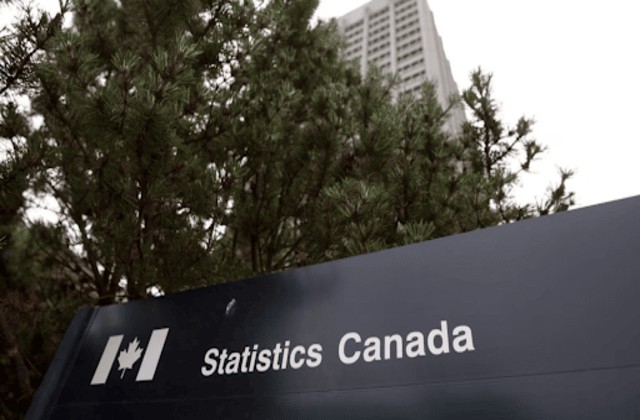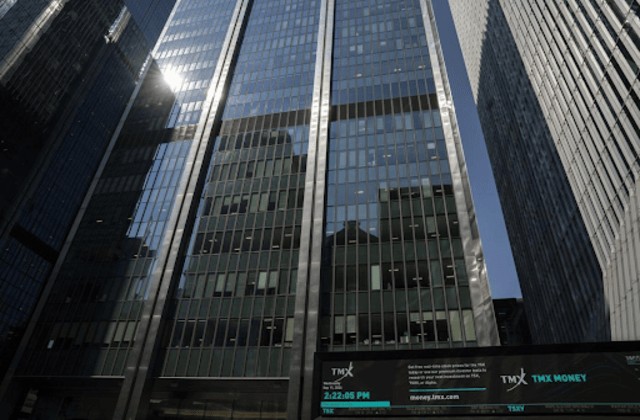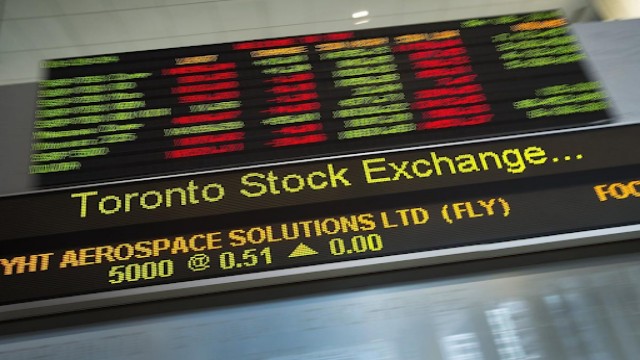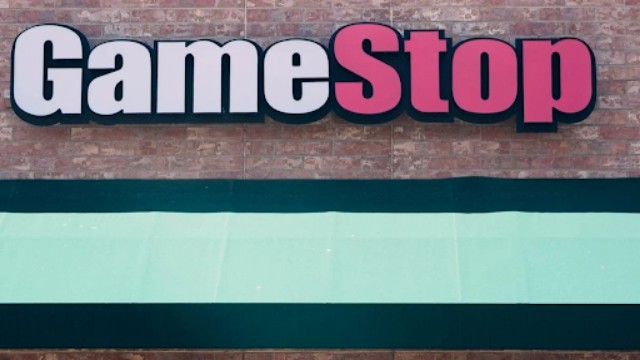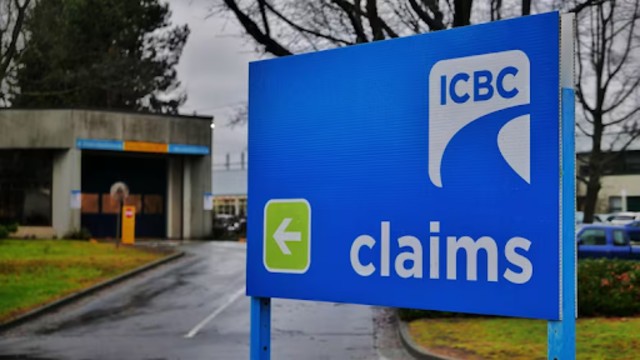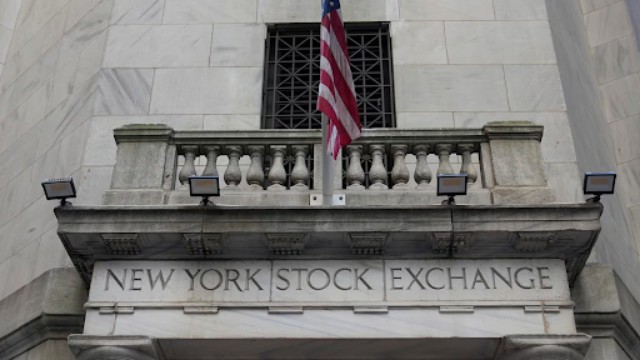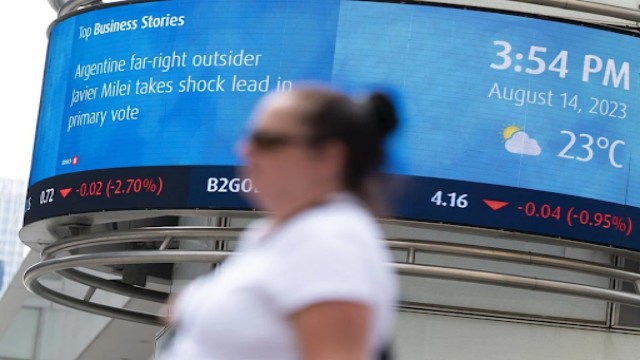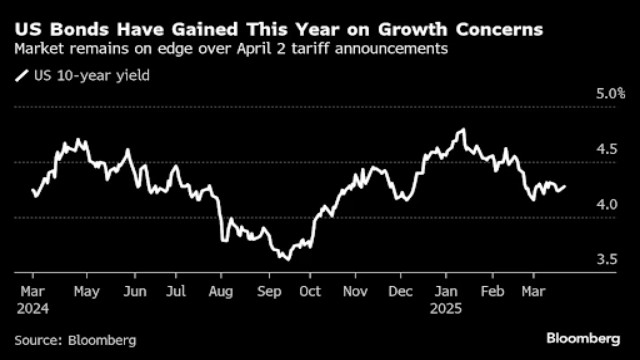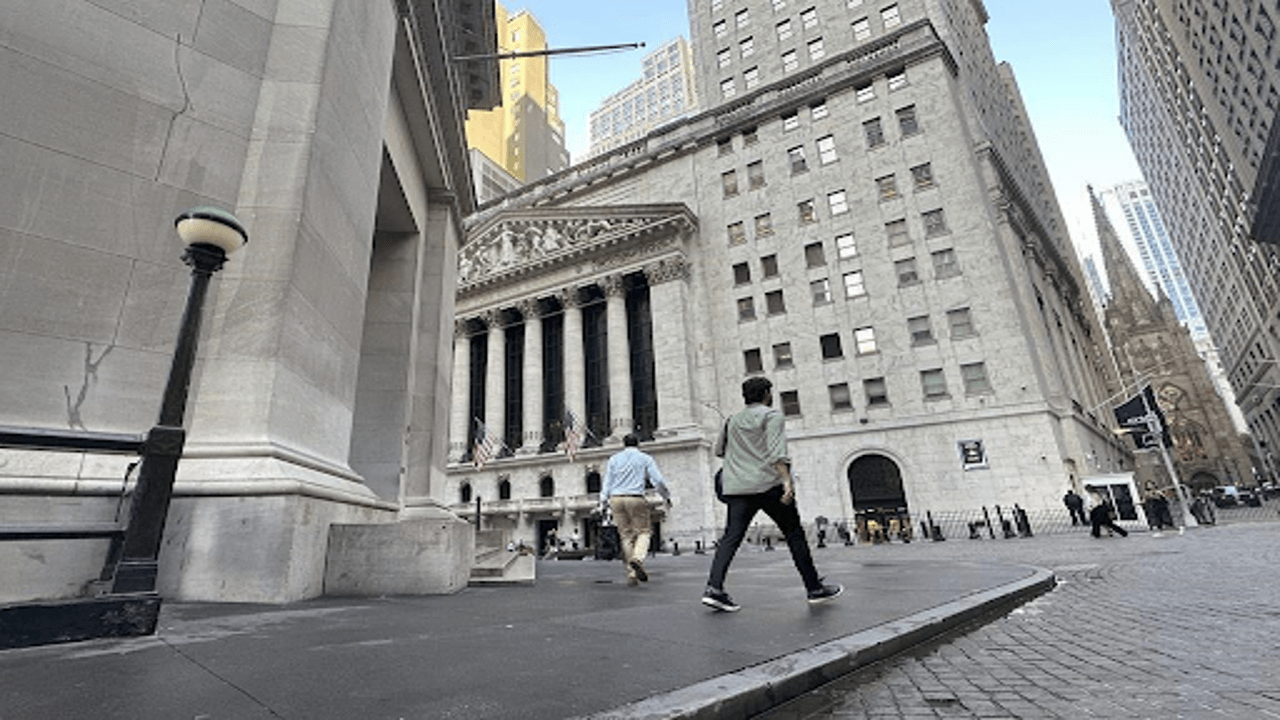
People walk towards the New York Stock Exchange in New York City on August 27, 2024. (Photo by Peter Morgan, AP, File)
Wall Street ended August on a high note, with stocks rallying after a midafternoon dip on Friday. The S&P 500 rose 0.7%, extending its winning streak to four months, as most stocks in the index traded higher. The Dow Jones Industrial Average added 85 points (0.2%), recovering from earlier losses, while the Nasdaq composite also gained 0.7%.
Investors reacted positively to a series of reports on inflation, consumer spending, and income. The Commerce Department reported that prices increased by just 0.2% from June to July, slightly up from the 0.1% rise the previous month. Year-over-year inflation remained steady at 2.5%. Economists had expected a small uptick in inflation, but the numbers suggest that price pressures are easing, which could pave the way for the Federal Reserve to start cutting interest rates.
With inflation under control, many believe the Fed will reduce its benchmark rate for the first time in over four years at its meeting next month. The market is predicting a 1% rate cut by the end of the year, which would signal a shift from the aggressive tightening seen in the past year when inflation peaked at 7.1%.
David Alcaly, Lazard Asset Management's lead macroeconomic strategist, stated, "Easing inflation gives the Fed the flexibility to reduce rates, while strong consumer spending hints at a smooth economic adjustment."
In the Treasury market, bond yields showed mixed results. The yield on the 10-year Treasury note inched up to 3.91% from 3.86% the day before.
Tech stocks led the charge on Friday. Marvell Technology saw an impressive 8.6% jump after hitting Wall Street’s sales and profit forecasts in its latest quarterly report. Other chipmakers joined the rally, with Broadcom rising 2% and Nvidia up 0.6%. Dell also posted strong results, driven by record sales in servers and networking, leading to a 4.5% rise in its shares.
However, not all stocks had a positive day. Ulta Beauty fell 3.8% after missing sales and profit expectations and lowering its future guidance. Earlier this month, Berkshire Hathaway revealed it had taken a stake in the cosmetics retailer.
Despite a few disappointments, most U.S. companies reported strong earnings, adding to a month of solid economic growth reports. Retail sales, employment, and consumer confidence remain robust, contributing to a more optimistic outlook for the economy. Americans increased their spending by 0.5% in July, up from 0.3% in June, while incomes grew by 0.3%.
These trends have fuelled Wall Street’s optimism. The S&P 500 is set to close in August with a 19% gain, making it one of the best-performing months of the year. Overall, the index is up 18% for the year and is nearing its all-time high, which it reached in July.
However, investors are wary of the upcoming month. Historically, September has been the worst month for stocks, with the S&P 500 finishing higher only 43% of the time since 1950. Adam Turnquist, chief technical strategist at LPL Financial, noted that September tends to see flat trading in the first half, followed by losses later in the month.
Elsewhere, European markets initially rose after reports showed inflation dropping sharply in the European Union. This development is expected to lead to interest rate cuts by the European Central Bank next month. However, by late afternoon, major European indexes were mostly flat. France's CAC 40 slipped by 0.1%, while Germany's DAX and Britain's FTSE 100 showed little change.
Asian markets also saw gains, with Japan’s Nikkei 225 rising 0.7% to 38,647.75 after mostly positive economic data.
In the U.S., stock markets will be closed on Monday in observance of Labour Day.






